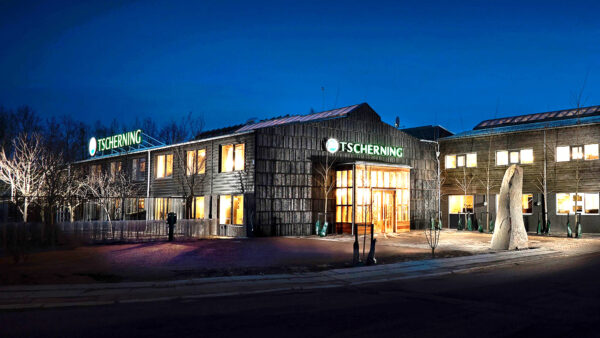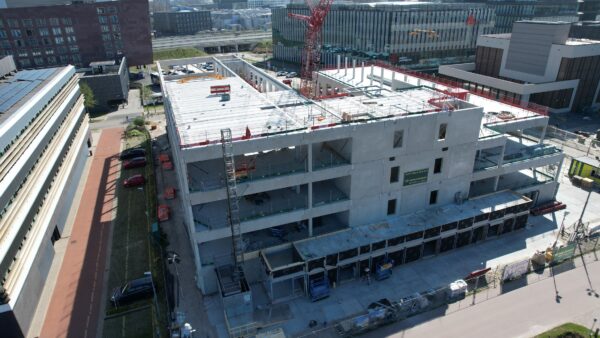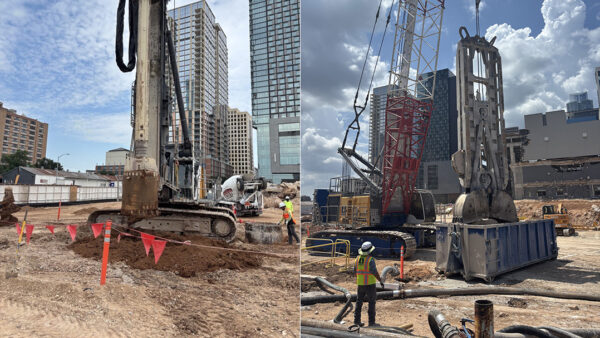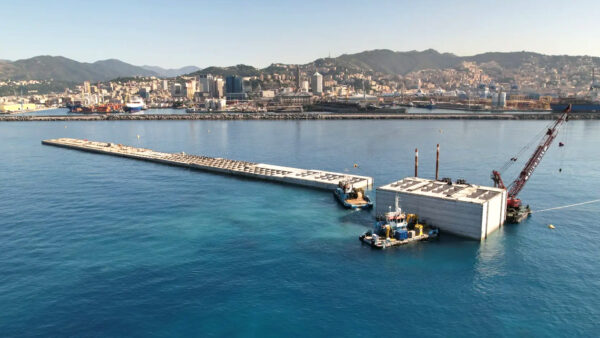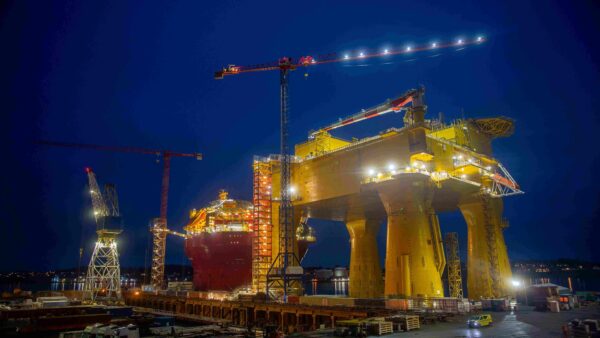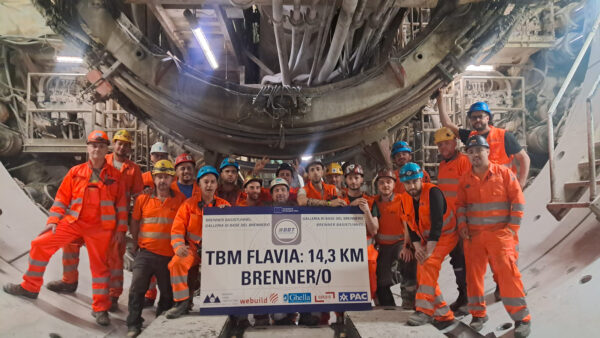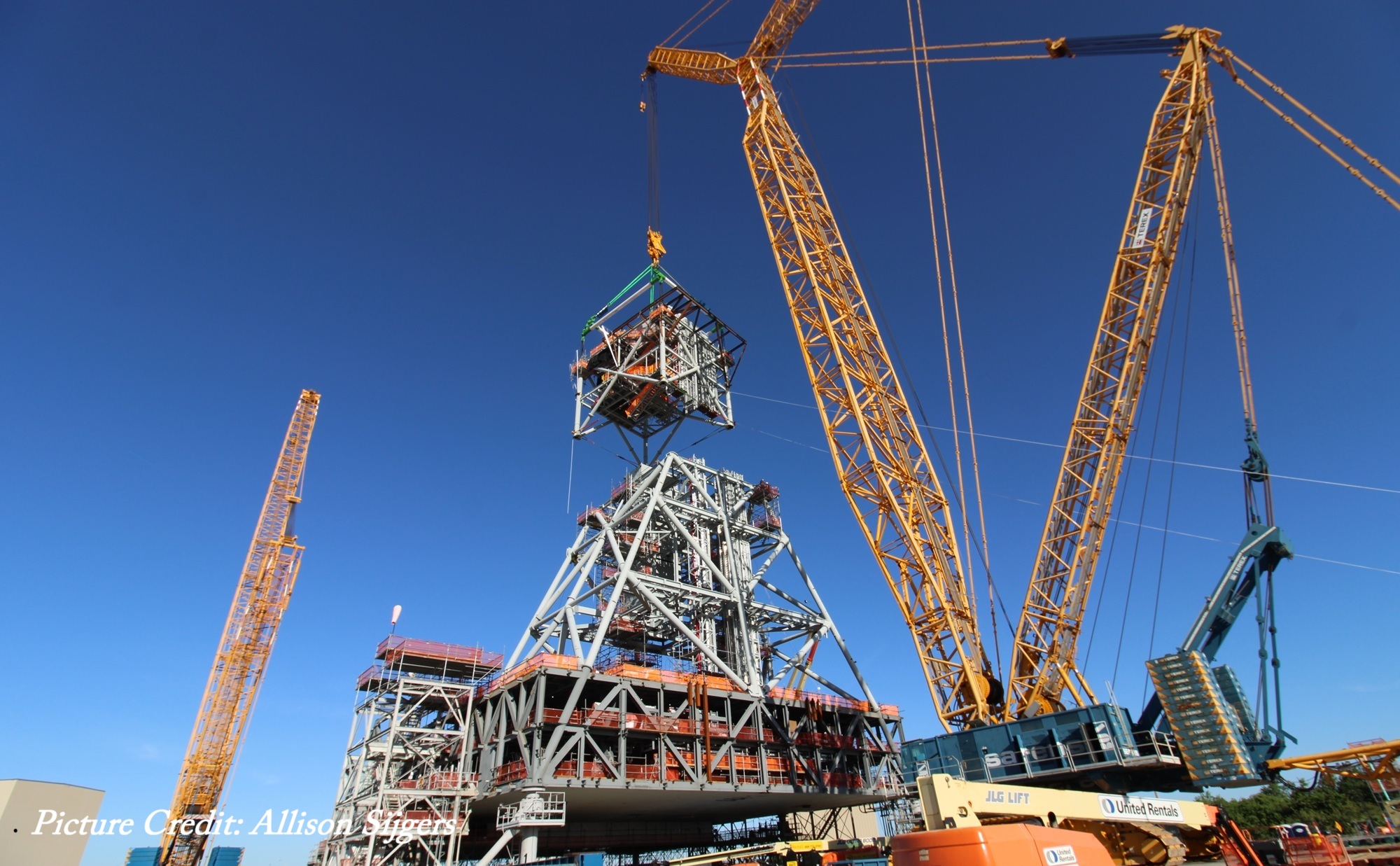
Heavy-lift specialist Sarens has helped Nasa and Bechtel move and assemble the first tower module on the Mobile Launcher 2 (ML2) at Kennedy Space Center on Merritt Island off the Florida coast.
The company said the booming aerospace sector would be a growing source of business.
ML2 will be the frame that supports the launch, planned for 2028, of the Artemis IV mission to the Moon, in which astronauts will install the International Habitation Module on the Lunar Gateway space station.
Bechtel is building ML2. It will reach 392 feet (120m) in height, and will comprise seven tower modules.
But it’s a lot more than just a tower frame, Nasa says.
It will be the main interface between Nasa’s ground systems and the Orion spacecraft and the rocket carrying it at the launch.
Eleven umbilicals will provide power, data, remote monitoring and control, propellants, fluids, gases, imagery and communications.
It must withstand severe blast environments and keep the rocket and spacecraft – together weighing more than 2,700 tonnes – upright and steady during the launch.
Three weeks to set up
The operation involved a CC8800 crane configured with a Boom Booster and SL Carrier, the LR1350 crane, a 24-line self-propelled modular transporter (SPMT), and specialised hydraulics.
It took 150 trucks and three weeks to get the equipment on site and assembled amid adverse sea and weather conditions.
Sarens helped to assemble the ML2 base frame over 2022 and 2023.
“The ML2 team looks forward to Sarens’ continued support as we begin to stack the remaining six tower modules, adding more than 60 metres to ML2’s structural height in just a couple of months,” said Bechtel.
Sarens said it’s looking forward to growing demand for aerospace services through 2025.
It noted the World Economic Forum’s prediction that the total value of global space activities would reach $800bn by 2027, and $1.8trn by 2035.
- Subscribe here to get stories about construction around the world in your inbox three times a week

